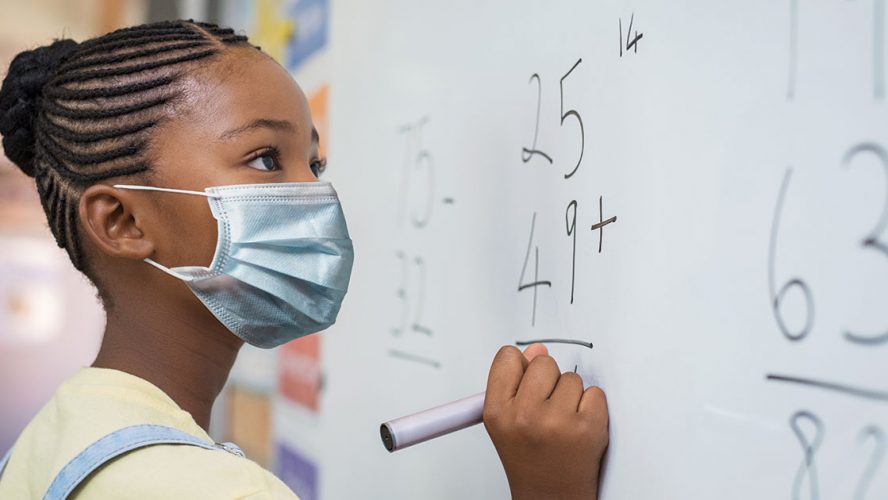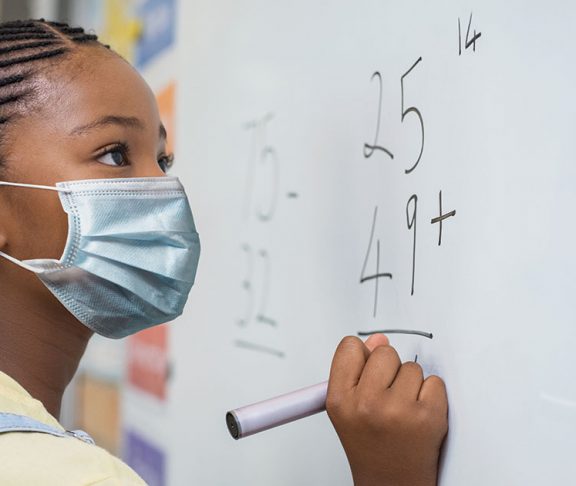
Lawrence Sloan
Reopening schools will definitely take a lot of time and precaution especially after the pandemic.
With 58 million students across the country and 3.7 million staff, safely reopening schools will require special considerations in planning to prevent the spread of COVID-19. After being closed for months, school buildings must be as healthy as the students and teachers who occupy them.
Reopening and maintaining safe schools require a number of considerations, including the local epidemiology of COVID-19, the availability of local testing, and the implementation of various mitigation strategies. Multiple controls need to be employed, including physical distancing and decreased classroom density, face coverings, and increased disinfection and ventilation.
SARS-CoV-2 reportedly spreads primarily through aerosolized respiratory droplets at close range. It can remain viable in air up to 3 hours, thus someone located both near and far from an infectious source could inhale infectious particles. This presents a problem, particularly in crowded, indoor spaces.
People may also become infected by touching contaminated surfaces. The virus has been shown to survive on surfaces for days. There is also strong evidence that people can spread the virus while asymptomatic.
While it may not be possible to implement all recommendations, schools are encouraged to work with state and local health officials on how to implement these considerations and make the necessary adjustments to meet the specific needs of the school.
Precautions
- Healthy Buildings: First, prioritize a thorough review of a building’s HVAC systems. With some school buildings having been shuttered for months, waterborne pathogens may have colonized stagnant water systems. If HVAC systems were not operated to control relative humidity, some buildings may be growing mold and improperly maintained cooling towers could pose a risk of pathogen growth.
Beyond HVAC systems, school administrators must ensure classrooms are provided with natural ventilation by opening windows and doors whenever possible. Consider using portable HEPA filtration units in all classrooms.
- Disinfection Protocols: School maintenance must be trained on the proper use of cleaning and disinfection products. Select appropriate disinfectants. The U.S. Environmental Protection Agency has developed a list of products that meet its criteria for use against SARS-CoV-2. Establish a disinfection routine. All items should be allowed to dry thoroughly after cleaning.

